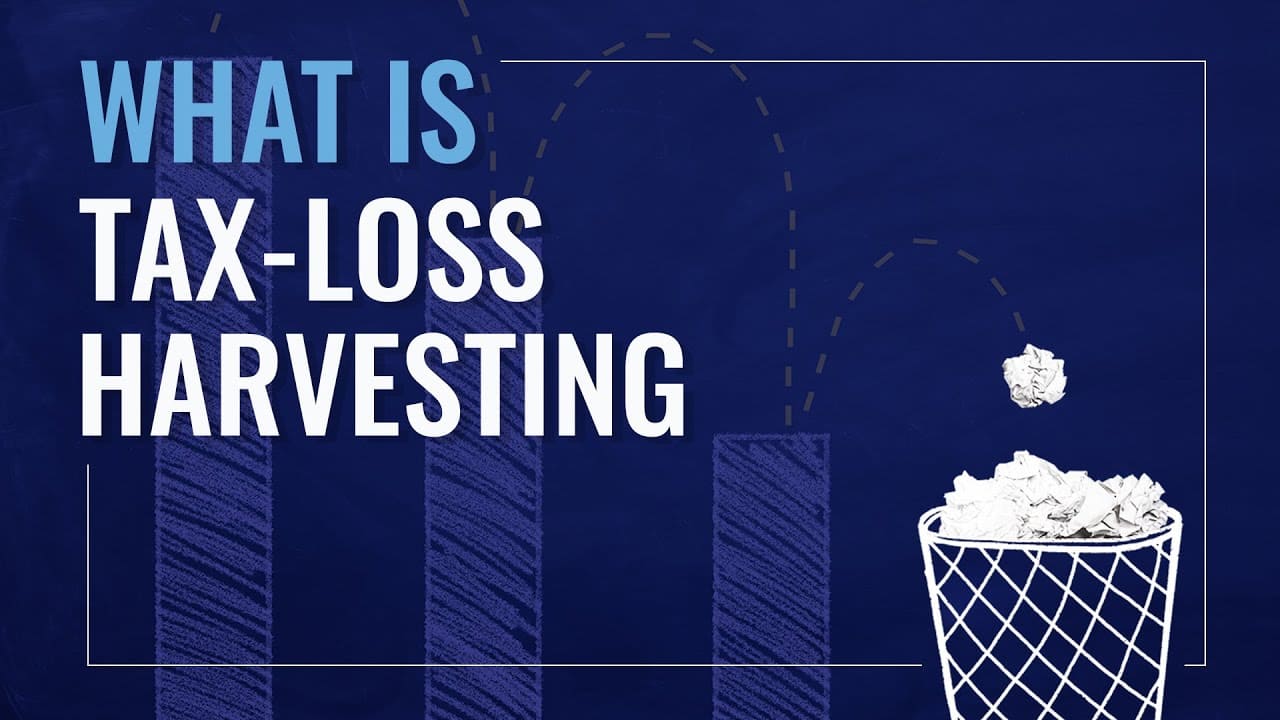
Ways to save tax on Capital Gains
Posted by : Sheen Hitaishi | Tue Mar 07 2023

[vc_row type=”in_container” full_screen_row_position=”middle” column_margin=”default” column_direction=”default” column_direction_tablet=”default” column_direction_phone=”default” scene_position=”center” text_color=”dark” text_align=”left” row_border_radius=”none” row_border_radius_applies=”bg” overflow=”visible” overlay_strength=”0.3″ gradient_direction=”left_to_right” shape_divider_position=”bottom” bg_image_animation=”none”][vc_column column_padding=”no-extra-padding” column_padding_tablet=”inherit” column_padding_phone=”inherit” column_padding_position=”all” column_element_spacing=”default” background_color_opacity=”1″ background_hover_color_opacity=”1″ column_shadow=”none” column_border_radius=”none” column_link_target=”_self” column_position=”default” gradient_direction=”left_to_right” overlay_strength=”0.3″ width=”1/1″ tablet_width_inherit=”default” tablet_text_alignment=”default” phone_text_alignment=”default” animation_type=”default” bg_image_animation=”none” border_type=”simple” column_border_width=”none” column_border_style=”solid”][vc_column_text css=”.vc_custom_1678178859425{margin-right: 16px !important;margin-left: 16px !important;border-right-width: 10px !important;border-left-width: 10px !important;}”]⦁ Hold onto your investments for more than a year: Investments held for more than one year are subject to long-term capital gains taxes, which are typically lower than short-term capital gains taxes. By holding onto your investments for the long-term, you can benefit from the lower tax rates and potentially save a significant amount of money on taxes.
⦁ Invest in tax-advantaged accounts: Tax-advantaged accounts such as PPFs and NPFs can be a great way to save on taxes on capital gains. Contributions to these accounts are tax-deductible, which means you can reduce your taxable income for the year and defer paying taxes on the investment gains until you withdraw the money from the account.
⦁ Tax-loss harvesting: Tax-loss harvesting involves selling securities that have experienced a loss in order to realize a capital loss, which can then be used to offset capital gains from other investments. By using this strategy, you can reduce your overall tax liability while maintaining a diversified portfolio.
What Is Tax-Loss Harvesting?
Tax-loss harvesting is a strategy used by investors to offset taxable gains in their investment portfolio by selling securities that have experienced a loss. The basic idea behind tax-loss harvesting is to sell a security that has declined in value since it was purchased, in order to realize a capital loss. This loss can then be used to offset capital gains from other investments or to reduce taxable income. The investor can then repurchase a similar security to maintain their overall investment position.
Tax-loss harvesting is a useful tool for investors because it can help to reduce their tax liability, while also enabling them to maintain a diversified portfolio. By harvesting losses, investors can offset capital gains and reduce their overall tax burden. However, it is important to note that tax-loss harvesting should be approached with a long-term investment strategy in mind, and not as a way to make short-term gains. Additionally, it’s important to consult with a financial advisor or tax professional to ensure that the strategy is being implemented correctly and effectively. You can refer to UNIVEST app to sell stocks at right time.
Example of Tax-Loss Harvesting
Let’s say an investor purchases 1,000 shares of XYZ Corporation for ₹500 per share, resulting in a total investment of ₹5,00,000. After a few months, the stock price of XYZ Corporation drops to ₹400 per share, and the investor decides to sell their 1,000 shares, resulting in a total sale price of ₹4,00,000. This represents a loss of ₹1,00,000 on the investment.
The investor can use this loss to offset any capital gains they have incurred during the year. For instance, if the investor had realized ₹1,00,000 in capital gains from another investment, they would have had to pay taxes on that amount. However, by using tax-loss harvesting, the investor can offset the ₹1,00,000 capital gain with the ₹1,00,000 capital loss from the sale of the XYZ Corporation shares, resulting in a net capital gain of ₹0 and no taxes owed.
After harvesting the loss, the investor may choose to buy back the same security or a similar one if they believe it still has long-term potential for growth. By doing this, the investor can maintain their overall investment position while also realizing the tax benefits of harvesting the loss.
About the Author
Sagar Wadhwa
Sagar Wadhwa is a Senior Equity Research Analyst who is a key member of the research team at Univest. He has extensive knowledge and expertise in the stock market, financial analysis, and investing and uses this expertise to provide valuable insights to the research team.
Note – This channel is for educational and training purpose only & any stock mentioned here should not be taken as a tip/recommendation/advice
You may also like: Weekly Update[/vc_column_text][/vc_column][/vc_row]


